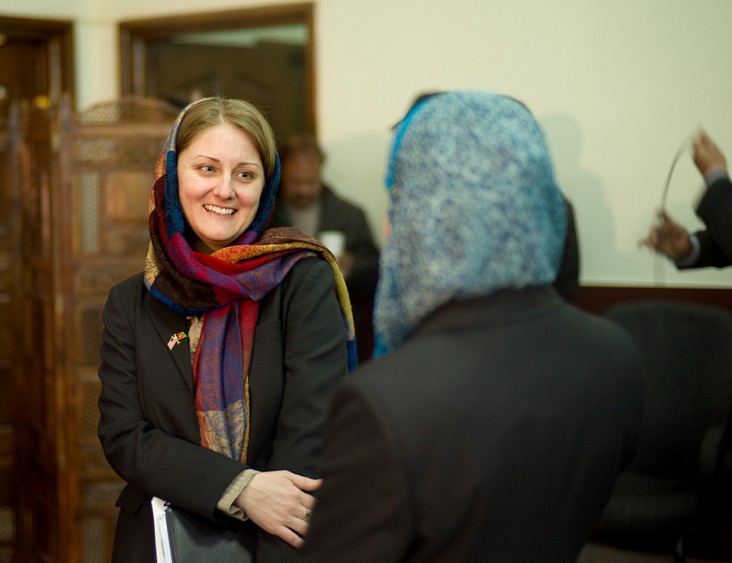
One size does not fit all when it comes to aid. Working together, U.S. government agencies can provide humanitarian aid and crisis assistance more effectively.
Strategic planning in a country or region, or within a given sector in a country or region, is the process by which USAID defines its objectives for development to maximize the impact of the Agency’s work. For USAID’s missions, the process involves developing a Regional or Country Development Cooperation Strategy (CDCS), which may be tailored by missions, in cooperation with Washington, to accommodate the different planning realities in each country context while still ensuring that the strategy reflects Agency priorities and budget parameters.
The CDCS plays crucial roles both internal and external to the Agency. Internally, it serves as a roadmap for decision-making throughout the strategy implementation period–from project design and learning and adapting–and brings all relevant stakeholders to a common understanding of priorities. Externally, the strategy development process creates opportunities to engage local stakeholders and partners and harmonize United States Government efforts with other actors.
For information on USAID’s country and/or regional strategic planning, please refer to the ADS Chapter on Program Cycle Policy, section 201.3.2.
Listed below, please find the current list of approved CDCSs. Some CDCSs have been extended beyond the timeline noted on the cover sheet. Updated documents will be added as they are available.







Comment
Make a general inquiry or suggest an improvement.